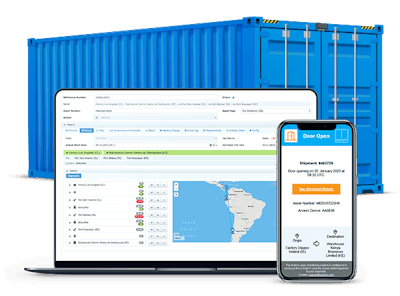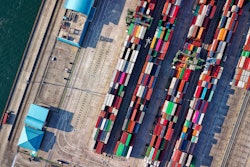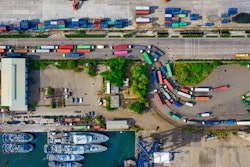
It’s human nature to charge ahead without thinking about what lies in front of us. As long as we can keep running, most of us tend not to look very far ahead. It takes a major event, such as an individual health scare or a global crisis, to reassess how what we are doing directly relates to our ability to deal with future challenges.
Consider supply chains as an example. For years, few companies have been willing to properly invest in supply chains. They see it purely as a cost, and who can blame them? As buyers, we’re all guilty of expecting logistics to work without us having to pay for it–we may not realize it, but every time we choose a retailer that offers free shipping over one that charges for it, we send a message that how our goods get to us is not worth paying for.
That’s why, even as the function has commenced its own digital transformation, the focus for supply chains has been about removing cost rather than adding value.
Is it surprising, therefore, that when we have the current situation, business continuity has been so comprehensively derailed?
A lack of supply chain resilience
The critical part is the focus, or lack thereof, on transportation.
In almost every other part of a business, quality control, health and safety and purchasing departments hold significant power. Yet as soon as it comes to transport, all that stops. Sit in on any tender meeting between beneficial cargo owners, freight forwarders and carriers, and the rate is more often than not the deciding factor. Goods are manufactured, and then they disappear into a black box (as far as cargo owners are concerned), only to reappear some weeks later.
It’s in that black box that margins lie–as long as cargo owners don’t peer too closely, this is where logistics providers make a profit. But, with pressure on rates and fluctuating costs, there isn’t much available.
And, when there’s little profit, there’s minimal room for growth or inward investment. This is why there is so little redundancy and so little capacity within supply chains. That has to change.
Post-pandemic supply chain disruption
Much is going to change following the Coronavirus disease (COVID-19) era, and the industry’s relationship with transportation is one of them. From individual shoppers no longer able to assume next-day delivery to major businesses stunned by the lack of capacity in their supply chain, we all must reassess how we ship and receive goods, and more importantly, how we pay for it.
It’s not simply a case, however, of people being willing to pay extra–a Coronavirus delivery tax, if you will. As supply chains are revised and all parts of the logistics sector reconsider how they operate, there is an opportunity to drive real change and unlock the value for customers of all types.
What does that look like, and how will it be realized? The key is the black box and changing the industry’s view of it. In short, it’s about transparency, visibility and greater, more valuable insights.
The need for visibility
The days of quality control stopping as the goods leave the manufacturer could well be over. Customers at all points in the value chain are going to demand a more resilient service. But, with so many stakeholders and so many different players in even the shortest of logistics networks, how can cargo owners ensure that quality runs through every aspect of their transportation function?
The answer lies in data-driven transparency.
For some, that may seem like a bit of a contradiction in terms. As data has exploded, the last thing it has given many businesses is a clear view of their organization. Yet when applied in the right manner with the correct tools and expertise, data can shine a light on what’s happening across all parts of a complex operation or network.
But, what is the right manner? It’s getting data in real-time and having the ability to not only read it, but also learn and apply its insights aligned with experience. Then it needs to be coupled with an analytics platform that can make sense of the inputs and turn it into actionable insights. It is only through this that businesses will be able to track cargo, identify issues and make decisions using trusted information rather than with wild guesses. Suddenly, logistics and transportation move from only a cost to a value-add. Why? Because cargo owners are armed with evidence to make decisions not just on their transportation, but also across their entire business.



















